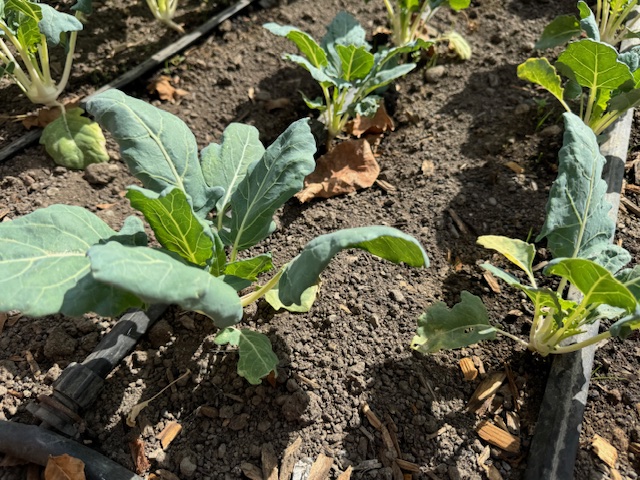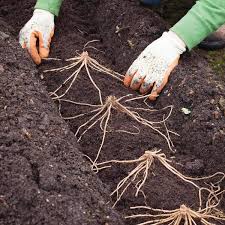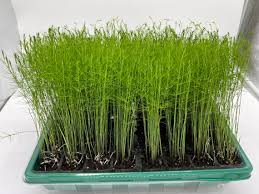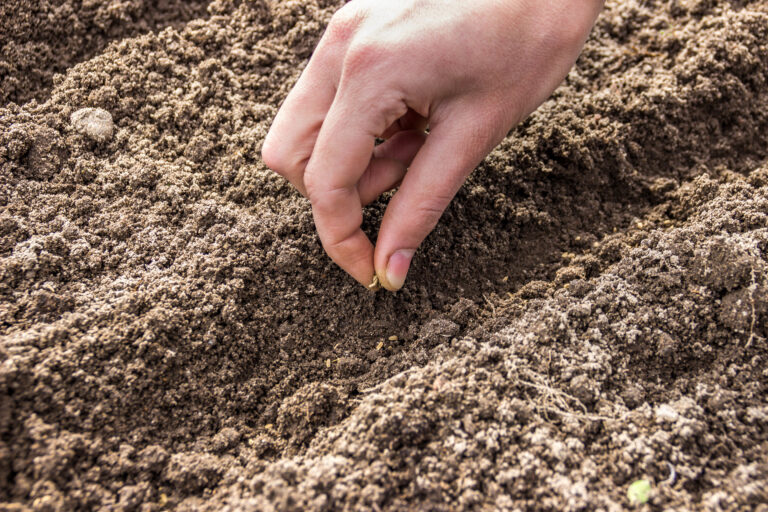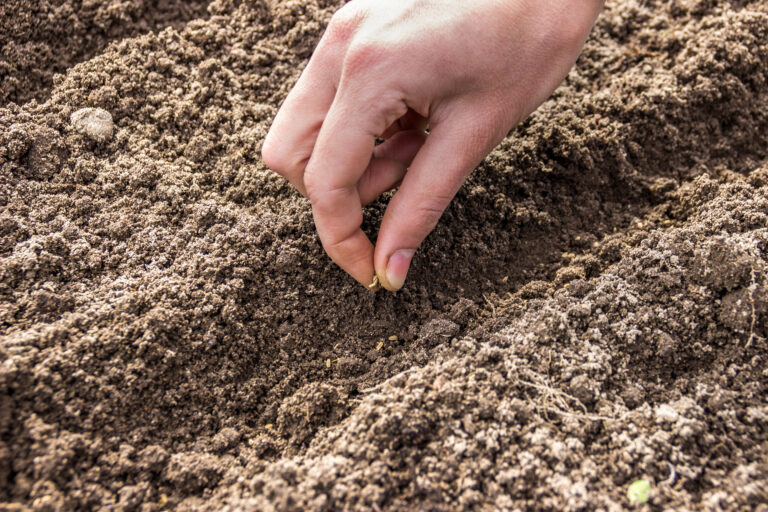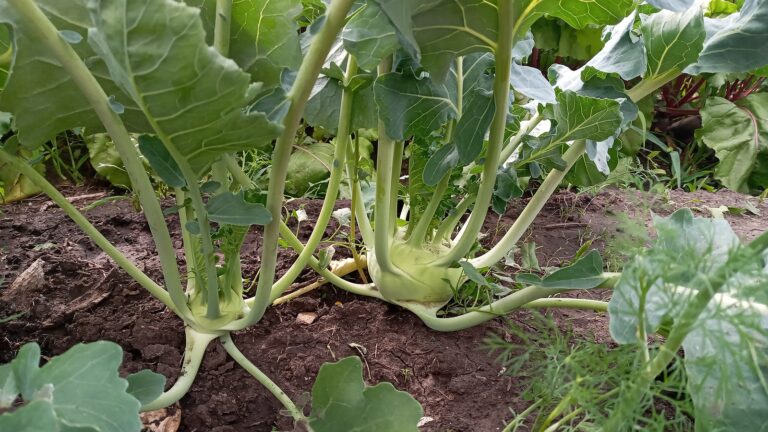Kohlrabi Spacing and Layout for Maximum Yield
Kohlrabi is a fast-growing, cool-season brassica that thrives when plants are properly spaced. With over 30 years of gardening experience in California, I’ve found that spacing and layout directly affect bulb size, air circulation, and pest management. Proper spacing ensures each plant has enough light, nutrients, and room to develop tender, flavorful bulbs. In this guide, I’ll explain the best layout strategies for both garden beds and containers.
Step 1: Recommended Plant Spacing
- Between Plants: Space kohlrabi 8–12 inches apart to allow bulbs to reach full size.
- Between Rows: Keep rows 12–18 inches apart for easy access and good airflow.
- Thinning Seedlings: If starting from seed, thin seedlings early to avoid overcrowding.
💡 Experience Tip: Overcrowded kohlrabi produces smaller, woody bulbs and increases disease risk.
Step 2: Layout in Garden Beds
- Traditional Rows: Ideal for larger gardens. Space plants 8–12 inches apart in rows 12–18 inches apart.
- Block Planting: For raised beds or intensive gardening, stagger plants in a grid to maximize space while maintaining airflow.
- Intercropping: Plant lettuce, spinach, or herbs between kohlrabi to use space efficiently and suppress weeds.
Step 3: Layout in Containers
- Container Size: Use pots or grow bags at least 12–16 inches wide and deep.
- Planting Density: Plant 1–2 kohlrabi per container depending on size, ensuring bulbs have room to develop.
- Mobility: Containers can be spaced apart to optimize sunlight and airflow, reducing disease pressure.
💡 Experience Tip: I often stagger container kohlrabi on patios or raised decks to give each plant full sun and airflow.
Step 4: Companion Planting Considerations
- Good Companions: Beets, lettuce, spinach, onions, garlic, and herbs like dill and thyme.
- Avoid Planting Nearby: Other brassicas like cabbage, broccoli, or cauliflower—same pests and diseases.
- Benefits: Companion plants can improve soil health, deter pests, and maximize garden productivity.
Step 5: Maintenance Tips
- Check Spacing Regularly: As bulbs grow, thin plants if needed to prevent crowding.
- Mulch Between Plants: Reduces weeds, retains moisture, and keeps soil temperature stable.
- Rotate Crops: Prevents soil-borne diseases and keeps soil fertile.
My Experience
Proper spacing and thoughtful layout are essential for maximum kohlrabi yield. By allowing each plant adequate room to grow, optimizing airflow, and integrating companion planting, gardeners can achieve larger, sweeter bulbs while minimizing pest and disease issues. Hands-on experience shows that careful planning at planting time pays off with a productive, healthy harvest.
Kohlrabi Layout and Spacing Guide
| Planting Type | Plant Spacing | Row Spacing | Notes / Tips |
|---|---|---|---|
| Garden Bed – Traditional Rows | 8–12 inches between plants | 12–18 inches between rows | Thin seedlings early; ensures bulbs have room to grow and improves airflow |
| Garden Bed – Block/Grid Planting | 8–12 inches in staggered grid | 12–18 inches between blocks | Maximizes space; allows companion planting between bulbs |
| Intercropping / Companion Plants | See companion plant spacing | Same as above | Lettuce, spinach, onions, garlic, herbs; avoids planting other brassicas nearby |
| Containers | 1–2 plants per 12–16 inch container | Containers spaced 12+ inches apart | Ensures full sunlight, airflow, and sufficient soil for bulb growth |
| Mobility Tip (Containers) | N/A | N/A | Stagger or move containers to optimize sun exposure and airflow; reduces disease risk |
💡 Tip from My Experience:
Whether in beds or containers, giving each kohlrabi adequate space ensures tender, large bulbs and reduces the risk of pests and disease.
Kohlrabi Growing Hub
Start here: The Ultimate Guide to Growing Kohlrabi: From Seed to Harvest
🌱 Planning & Varieties
- Best Kohlrabi Varieties to Grow in Your Garden – Compare early, late, and specialty varieties for flavor, color, and growth speed.
- When to Plant Kohlrabi: Seasonal Planting Guide – Spring, summer, and fall planting windows for cool, crisp bulbs.
- Kohlrabi Companion Planting: Best and Worst Neighbors – Plants that boost growth or deter pests naturally.
- Growing Kohlrabi in Containers and Small Spaces – Pot size, soil mix, and care for urban gardens.
🌿 Seed Starting & Transplanting
From seed to sturdy seedlings.
- Kohlrabi Seed Starting Tips – Germination tips, soil temperature, and timing for successful strong plants.
- How to Transplant Kohlrabi Seedlings Successfully – Hardening off, spacing, and planting depth for seedlings.
- Kohlrabi Spacing and Layout for Maximum Yield – Row vs. raised bed spacing, companion planting considerations.
🌾 Care & Maintenance
Tips for strong growth and pest-free plants.
- How to Water Kohlrabi for Healthy Growth – Deep watering, frequency, and tips for preventing bulb splitting.
- Fertilizing Kohlrabi: Tips for Bigger, Sweeter Bulbs – Organic and synthetic feeding strategies, nitrogen needs, and timing.
- Kohlrabi Care and Maintenance: Step-by-Step Guide – Mulching, thinning, pruning, and ongoing plant care tips.
- Common Kohlrabi Pests and Diseases and Natural Control Methods – Aphids, cabbage worms, clubroot, and preventive strategies.
🥗 Harvesting & Storing
Ensure top flavor and long-lasting storage.
- How to Harvest and Store Kohlrabi – Bulb size, leaf use, and storage timing.
🍽 Using Your Harvest
Inspired ways to enjoy their crop.
- Ten Ways to Cook and Serve Kohlrabi – How to prepare, cook, and enjoy kohlrabi leaves and bulbs.

